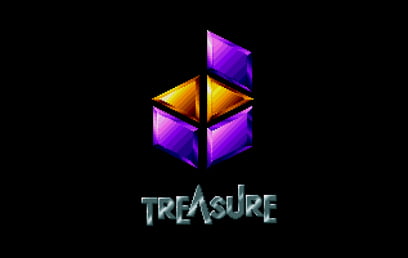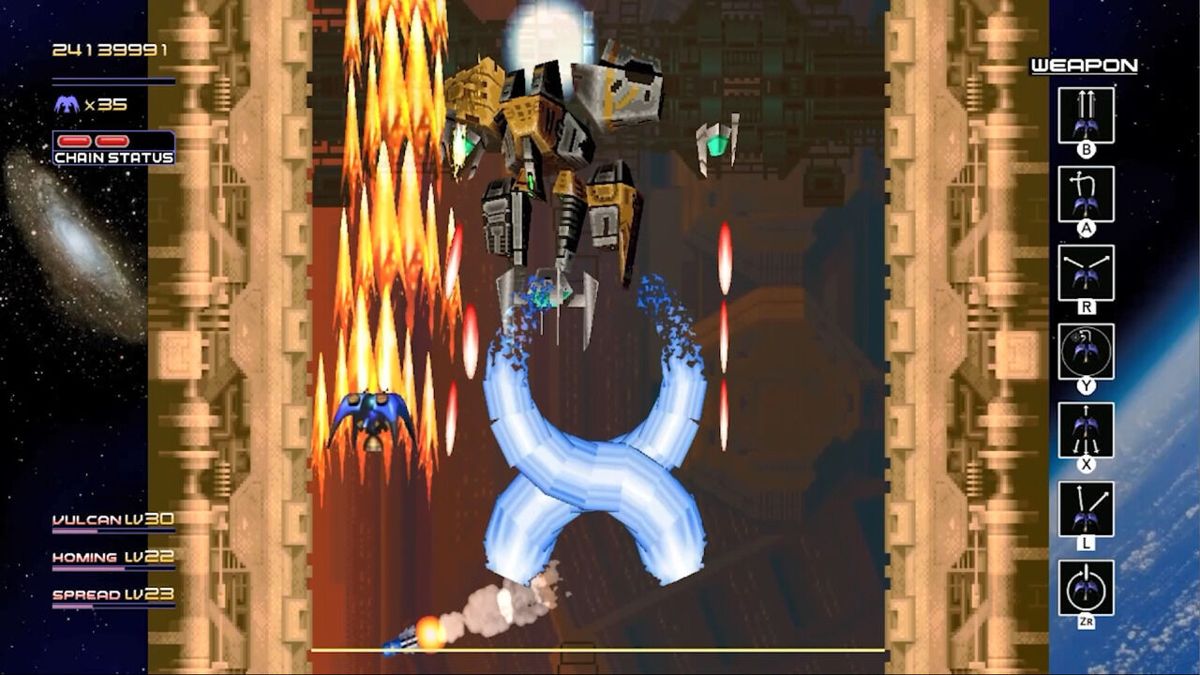Table of Contents

The (Sega) Genesis of a Treasure
Once upon a time, in the land of sushi and samurais, a band of mavericks at Konami decided they’d had enough of the sequel circus. They yearned for the thrill of creating something fresh, something that would be a real gem in the gaming world. So, in 1992, they bid adieu to Konami and set up their own shop, aptly named “Treasure”. Their debut game, Gunstar Heroes, was such a hit, it became Gamefan’s Game of the Year in 1993!
These guys marched to the beat of their own drum: they made games that tickled their fancy, not necessarily ones that would sell faster than hotcakes. This approach earned them a cult following among gamers who had a taste for their unique and action-packed games. Initially, they rolled out games exclusively for a console that had a certain blue mascot, including the quirky McDonald’s Treasure Land Adventure and the head-spinning Dynamite Headdy.

A Match Made in Gaming Heaven
Despite most of the team having cut their teeth on the Super NES at Konami, Treasure chose the Genesis (or Mega Drive for those outside of North America) for their first game, Gunstar Heroes. Why, you ask? Well, it had a Motorola 68000 microprocessor under the hood that was just the ticket for the eye-popping visuals and adrenaline-pumping gameplay they had in mind.
During the 16-bit era, these ex-Konami superstars whipped up their first six games on this console, including the alien-blasting Alien Soldier and the puzzle-solving Light Crusader. Now that’s what I call a dynamic duo!
One game that deserves a standing ovation is Yu Yu Hakusho Makyō Tōitsusen. This game was so ahead of its time, it could’ve been from the future! It featured a four-player mode that was so wild, it made other games look like they were playing catch-up. The game had two different planes of action, one in the foreground and one in the background. Players could switch between these planes faster than a cat on a hot tin roof, adding a whole new layer of strategy and depth to the gameplay. This feature was a shining example of how to push the envelope in video games and was elaborated on even further in Guardian Heroes for the Saturn.

The Legacy Continues
Treasure didn’t stop making games for Sega platforms even after the Mega Drive had its swan song. Their games were known for their creativity and action-packed design, a testament to their commitment to making games they could proudly call their own. Some of these games include the heroic Guardian Heroes, and the shadowy Silhouette Mirage (also released for Sony‘s Playstation).
This partnership is a shining example of how a shared vision and a passion for gaming can lead to the creation of, well, treasures in the world of video games. One of their classic games, Radiant Silvergun, has even made a comeback on PC in late 2023.
And that, dear reader, is the epic tale of two Japanese powerhouse’s legendary partnership. A story of creativity, innovation, and a whole lot of fun! So the next time you’re blasting away enemies in Gunstar Heroes, remember the journey that brought this gem to your console.
In conclusion, the partnership between the two companies is a testament to the power of collaboration and shared vision. Their combined efforts have resulted in some of the most memorable and innovative games in the history of the industry. As we look forward to the future of gaming, we can only hope to see more partnerships like this one.
Speaking of the 90’s, check out our article on the Game Genie!